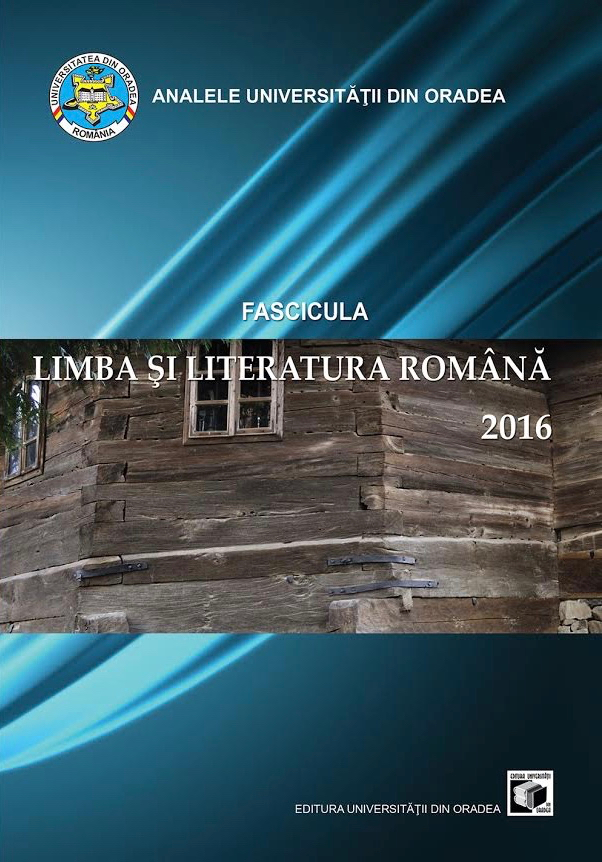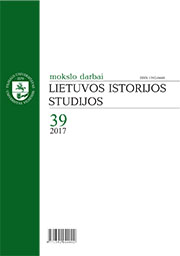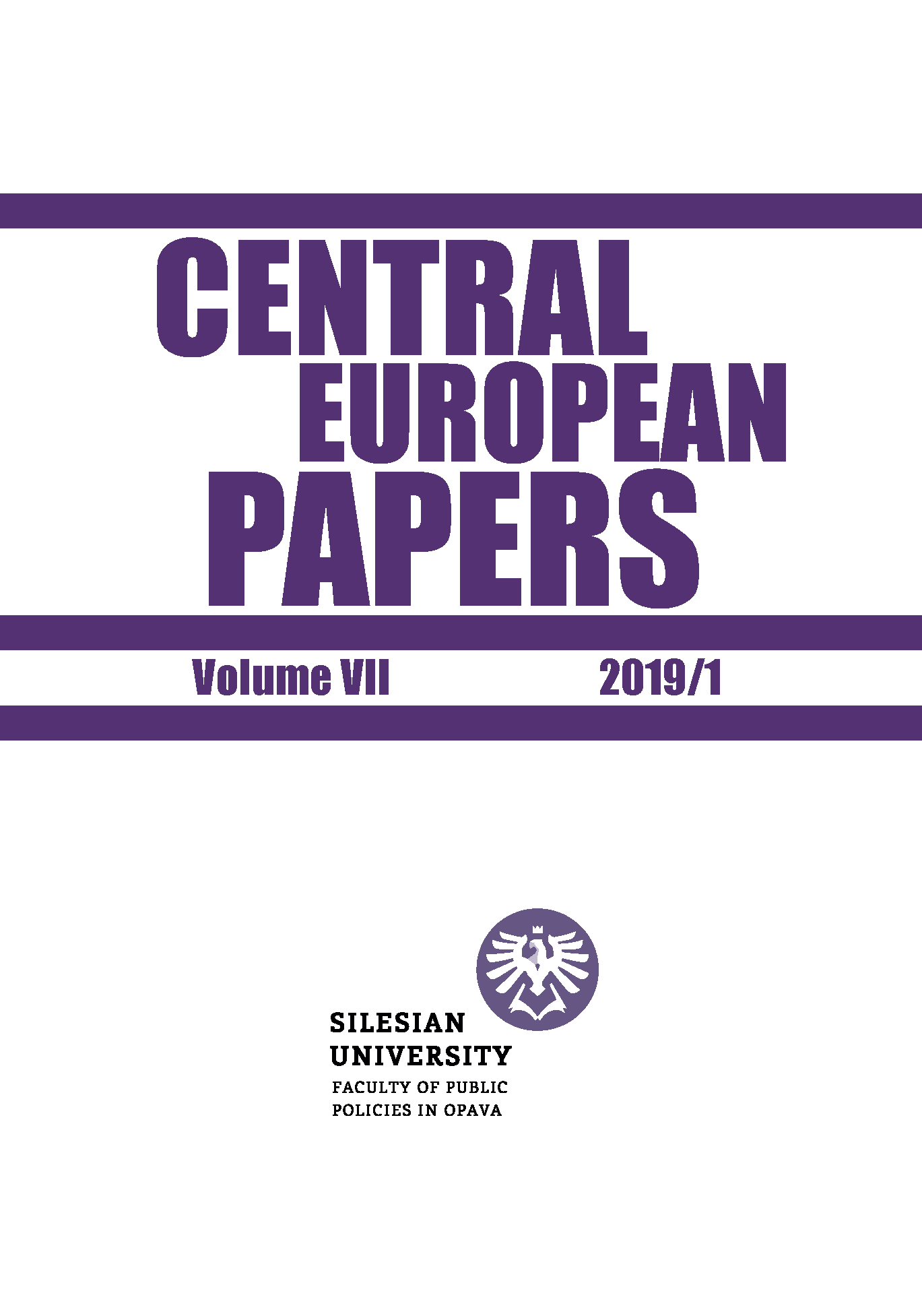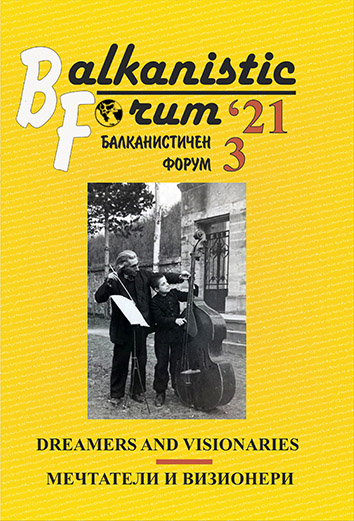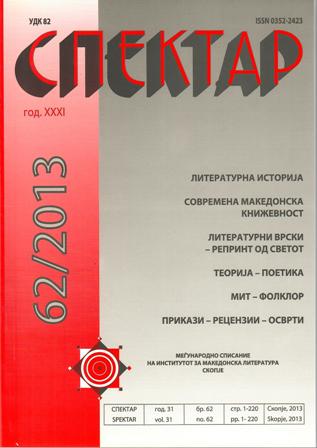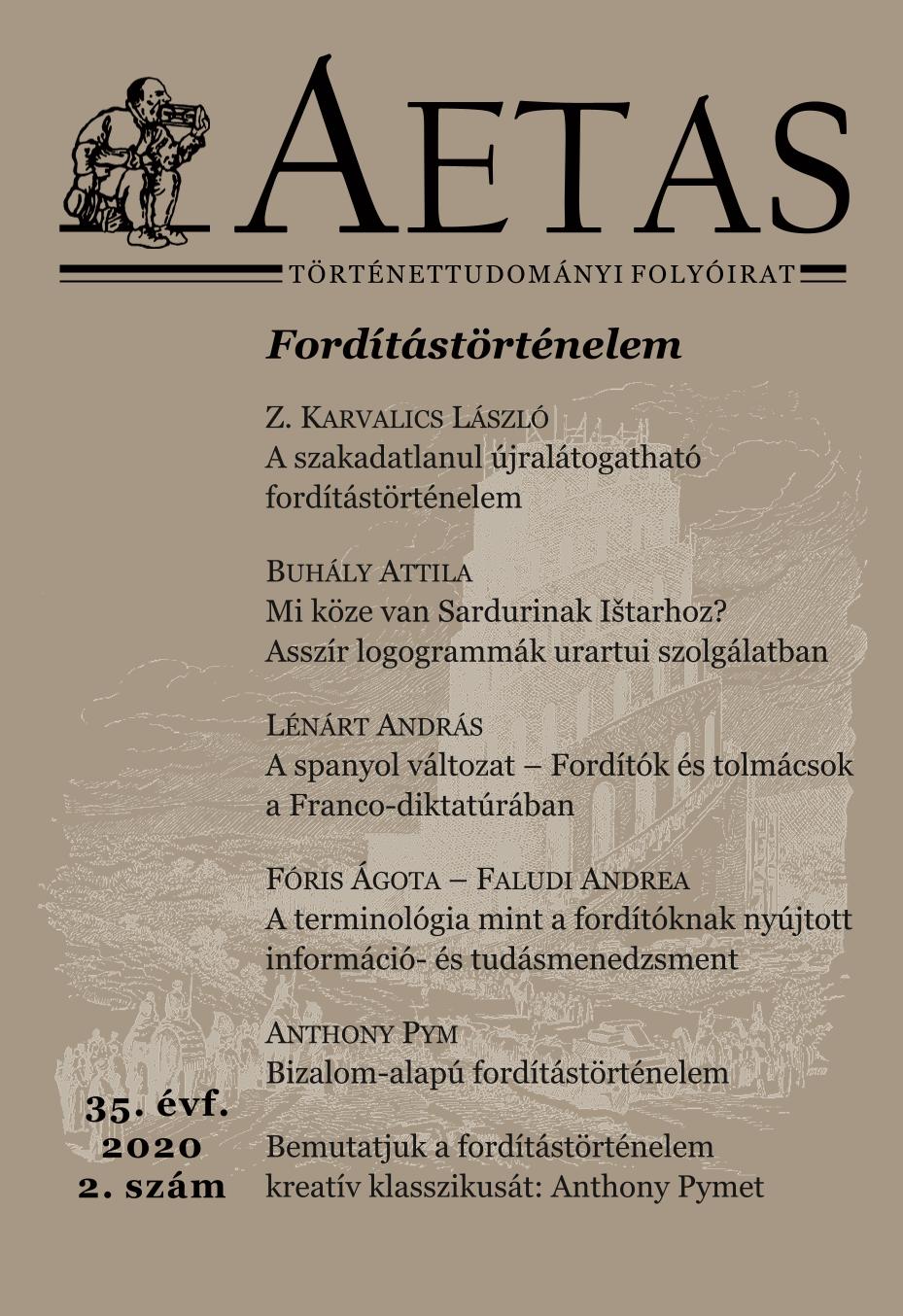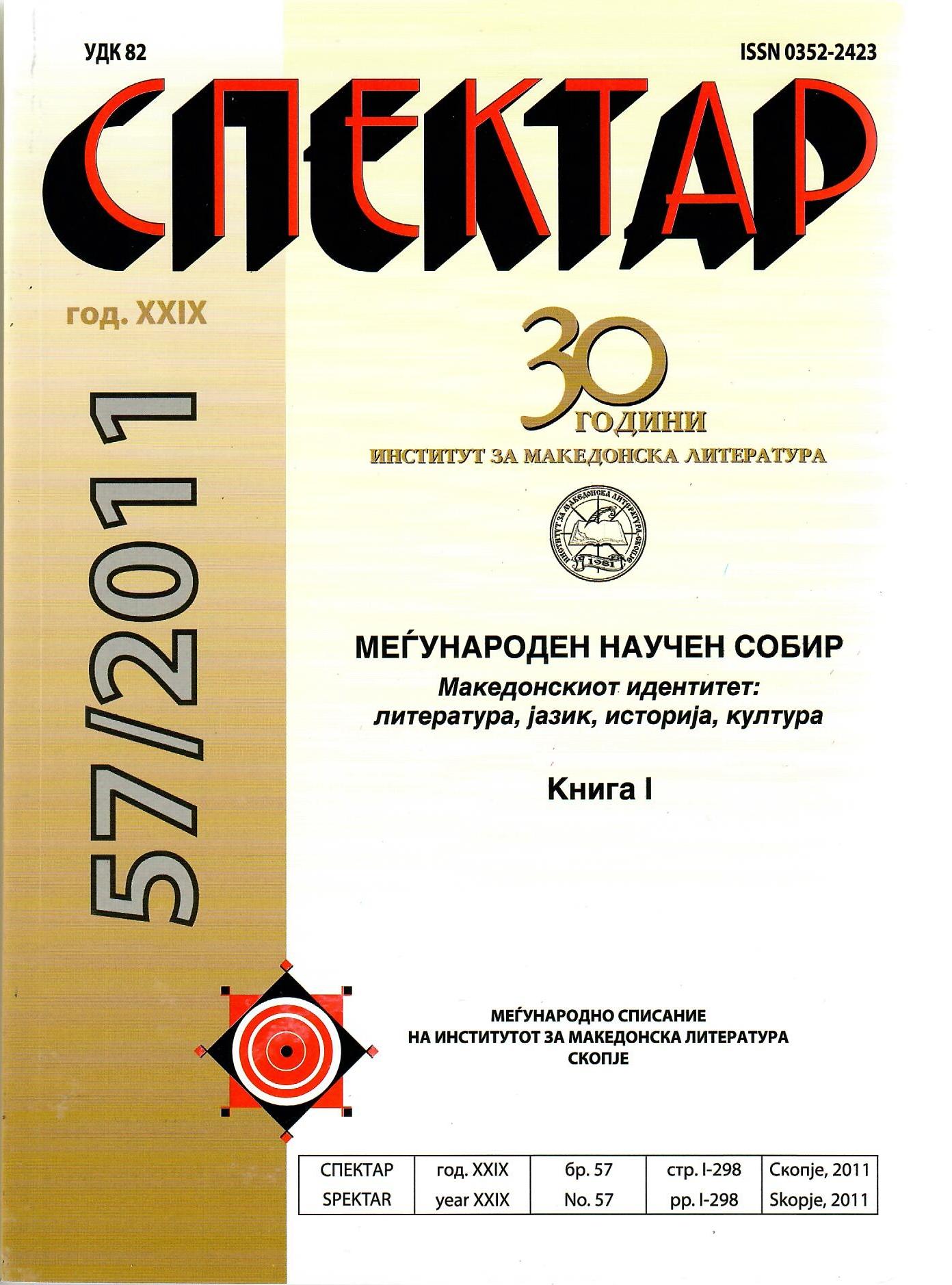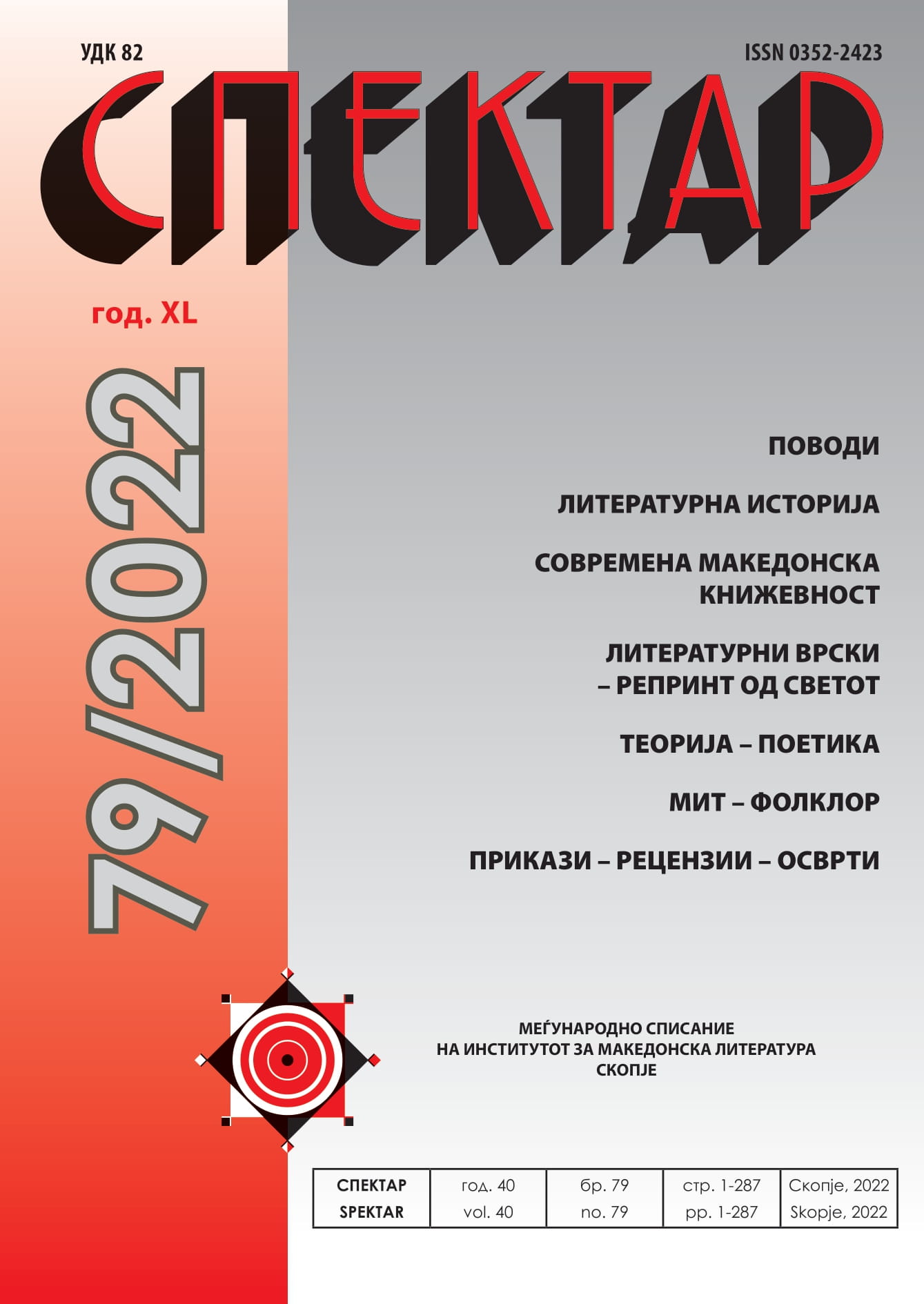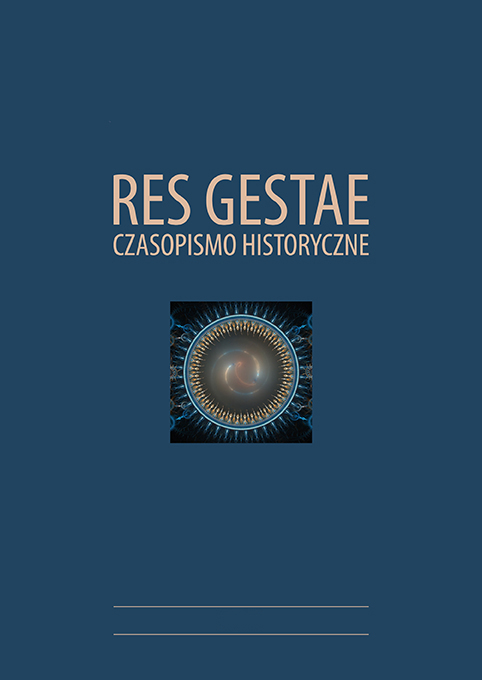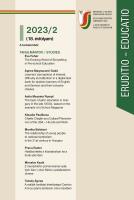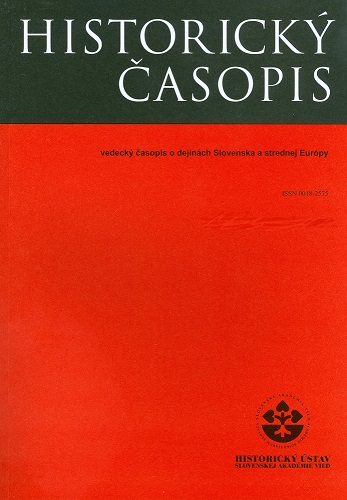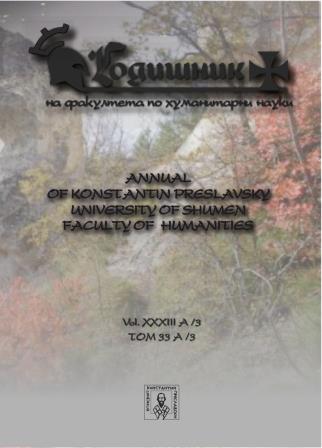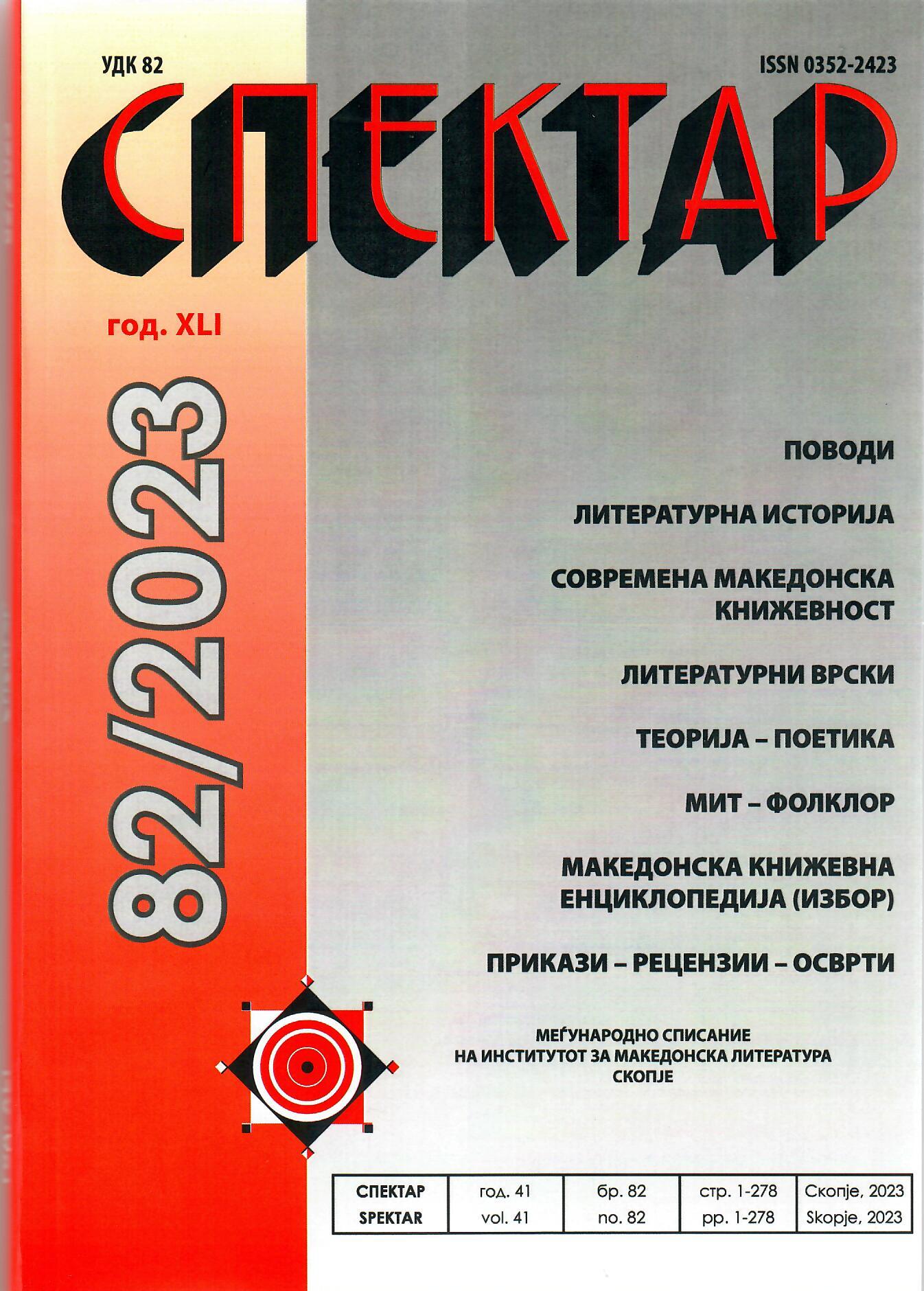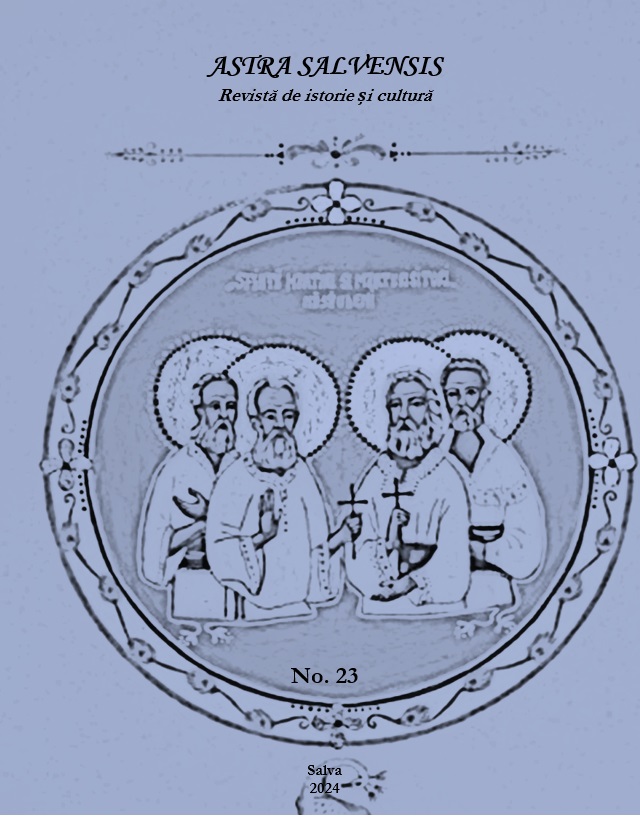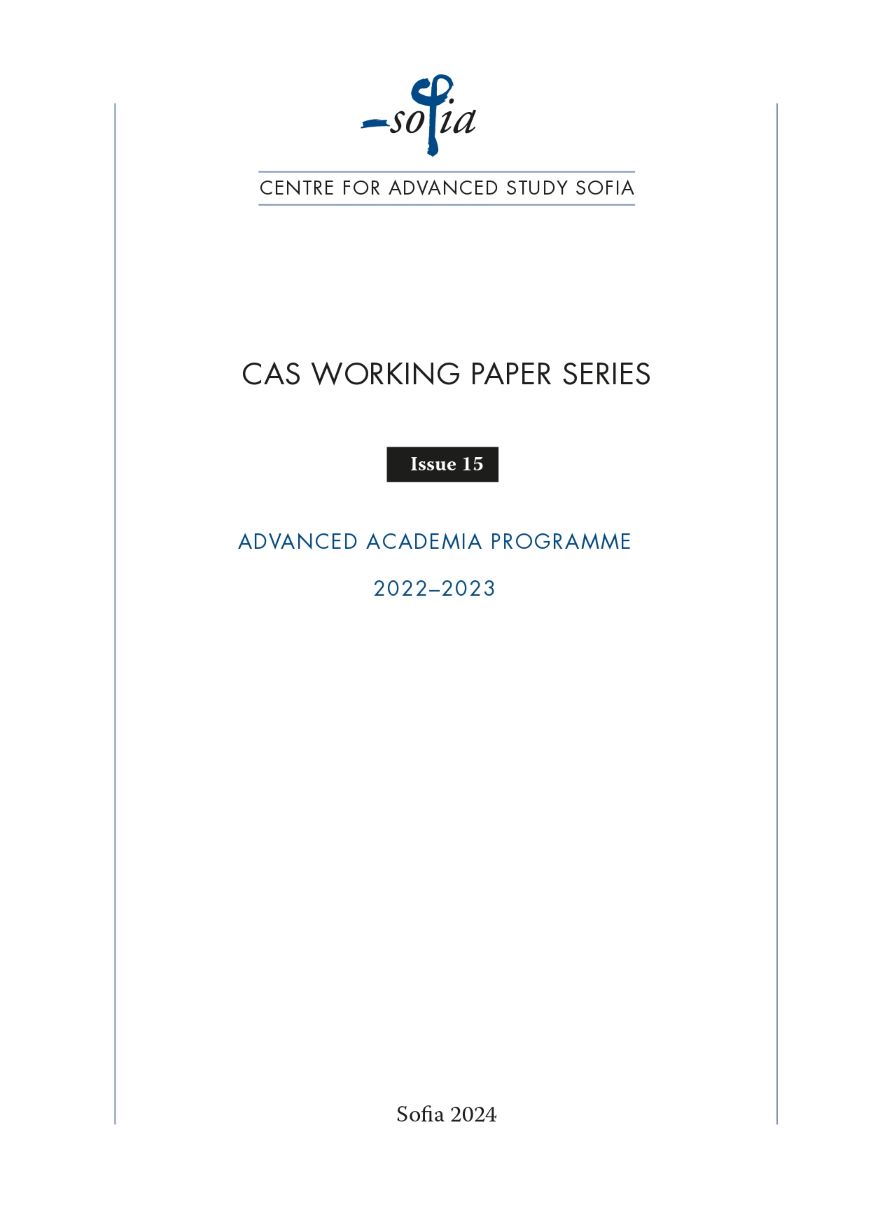Author(s): Maja Anđelković,Dragana Radosavljević,Života Radosavljević / Language(s): English
Issue: 31/2021
Technological changes, aided by the great crisis of the Covid – 19 pandemic that hit the world on a global level, have fundamentally changed the design on a global, but also on a national, ie organizational level. Technology is advancing at a rapid pace, and the pandemic crisis is still not under control, which increases risks and stability in the spheres of life and business. Changes are still happening at such a speed that it is difficult to follow them, let alone adapt them. Uncertainty in unstable living and working conditions is increasing, which imposes the need for the emergence of special scientific disciplines, and especially risk management in various fields. Technology has taken over many functions of man, with a tendency to question his place and role in social and business life. IT experts are already talking about neural networks, smart machines, intelligent rooms, and even smart cities. The fourth industrial revolution is widely present in developed countries, and the crisis of the Covid – 19 pandemic accelerated the process of de – alienation, redesigned jobs and jeopardized the survival of individual professions, but also traditional organizations, jobs and the life of the population as a whole. In these circumstances, the question arises whether the place, role and influence of man in the fourth or subsequent revolutions will be marginalized, or whether man will be excluded from business processes and what will be the relationship between people, organizational systems and countries globally. Forecasts on these issues go in two directions. The first direction claims that in the fourth industrial revolution the place and role of man will increase, while the second approach predicts that in the fourth and subsequent revolutions the role and importance of man will decrease. The answer to the second question, ie what will be the relationship between people in the fourth industrial revolution, is harder to predict, given that advanced, and above all information and communication technologies have dramatically changed traditional jobs, ie time, place and way of doing jobs. Here, as in the previous question, two claims are made: that the socialization of man and society will increase in the fourth industrial revolution, as opposed to the views that man will experience alienation, and that he will eventually lose one of his basic characteristics, and that is his social character. The paper deals with the question of the place and role of man in the fourth industrial revolution, as well as human relations, and above all interpersonal relations, which in the knowledge society are considered one of the main factors of social and economic development. The aim of the paper is to try to solve the dilemma of man against intelligent machines, i.e. man as a social and individual being, or a robot.
More...
